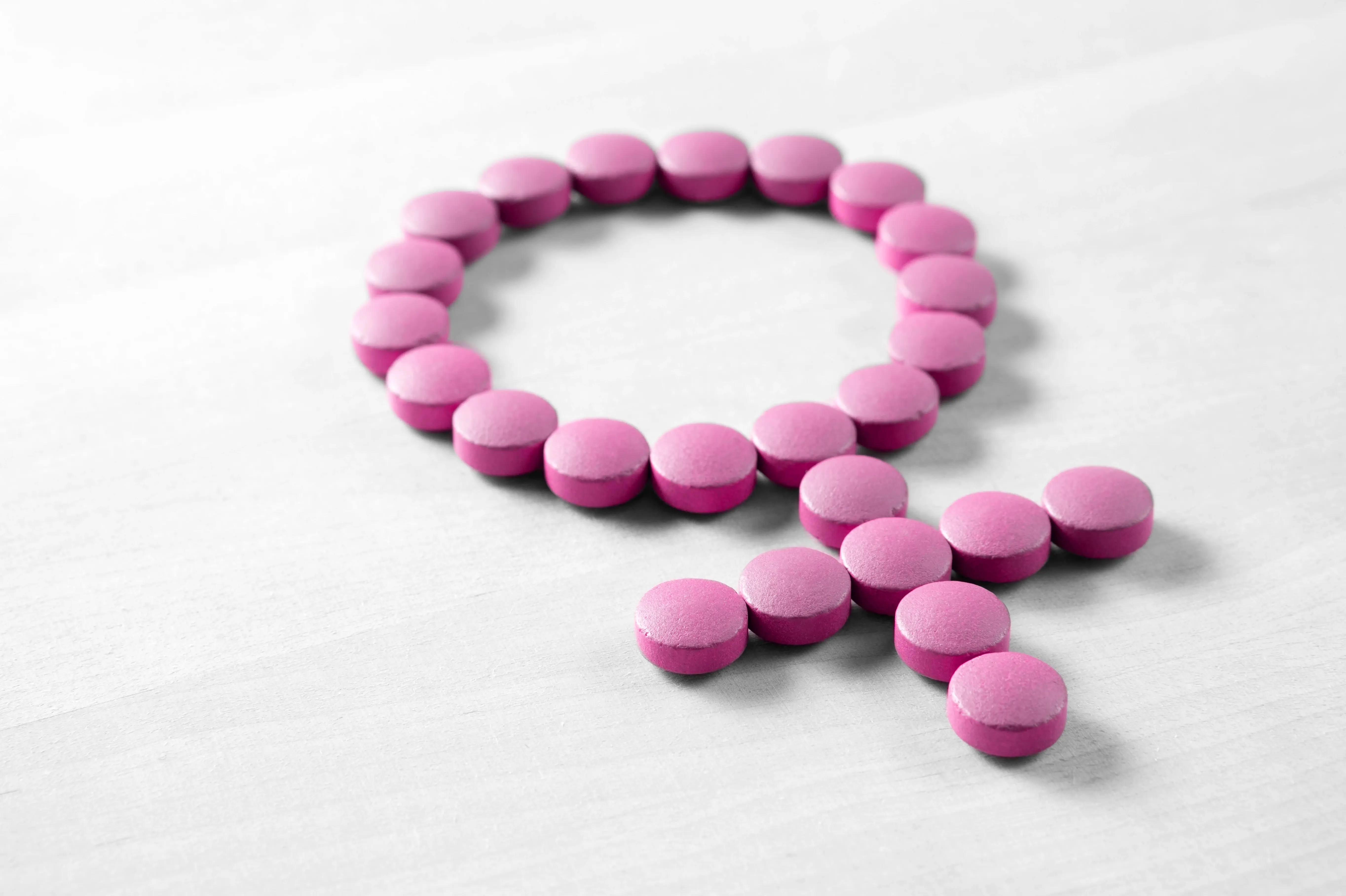THE BIRTH CONTROL PILL

The classic pill is a very common and safe method of contraception. It consists of an estrogen and a progestin (sex hormones). The different progestins cause various side effects, which can be used when choosing the right preparation. In addition to many positive effects of the pill, such as reducing menstrual pain, cycle control, or treating acne, side effects may also occur. The most medically concerning side effect is thrombosis (clogging of veins by a blood clot). To assess the risk, we recommend the APC test to rule out a common, undiagnosed congenital blood clotting disorder. A special case is the so-called "mini pill." This is an estrogen-free pill that is taken continuously without a break. In most cases, menstruation stops when using the mini pill.
THE HORMONAL IUD
The hormonal IUD is a localized contraceptive method that is inserted into the uterus. It releases the hormone levonorgestrel in minimal doses. The IUD is available in three variants: "Jaydess" for 3 years, "Kyleena," and "Mirena" for 5 years each. With Jaydess, a light menstrual period remains. Kyleena is identical in size to the small Jaydess but has a hormone reservoir for 5 years like Mirena. The menstrual period occurs less frequently with the 5-year hormonal IUD. With Mirena, menstruation usually stops over time. This can be particularly beneficial for women suffering from painful periods or heavy bleeding due to menopause. The hormonal IUD is one of the safest contraceptive methods and has very few side effects, as the hormones mainly act in the uterus and only a minimal amount enters the body.
THE IMPLANON® (CONTRACEPTIVE IMPLANT)
The Implanon is a soft plastic rod containing the hormone etonogestrel. It is inserted by a gynecologist under the skin of the inner upper arm. There, it continuously releases hormones and provides contraceptive protection for up to 3 years. Although it is generally better tolerated than the birth control pill due to its modified hormone composition, irregularities or absence of menstruation may still occur.
THE 3-MONTH INJECTION
The 3-month injection is also a hormonal contraceptive method that works by supplying the progestin (yellow body hormone). The injection must be administered by a gynecologist every three months. It puts the ovaries and uterine lining into a resting state. After initial irregularities in menstruation, the period eventually stops altogether. The 3-month injection is very effective, similar to the hormonal IUD, and is often used to treat heavy bleeding caused by menopause. Normally, the menstrual period completely stops, but without inducing early menopause.
HORMONE-FREE METHODS
Not every woman tolerates hormonal contraception. Some women have hereditary blood clotting disorders, making hormonal contraception medically inadvisable. Common side effects of hormonal contraception include weight gain, water retention, or mood disturbances. Many women who have taken hormones for years only realize how much it affected them after stopping the pill. For these women, a hormone-free alternative can significantly improve their quality of life. They retain their natural cycle and are not affected by the side effects of hormonal contraception.
THE COPPER IUD
A very effective contraceptive method and the longest-established intrauterine device. IUDs are now available in many sizes and shapes, making them very well tolerated. The copper IUD provides reliable contraception for up to 3 years.
THE GOLD IUD
The gold IUD is similar in use to the copper IUD and works locally in the uterus. Additionally, the released gold ions have a sperm-killing effect. Compared to the copper IUD and the copper chain, the gold IUD has the advantage that, if well tolerated, it can remain in the uterus for up to 5 years, ensuring long-term reliable contraception.